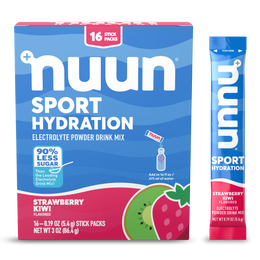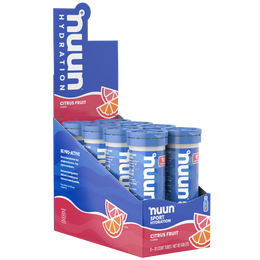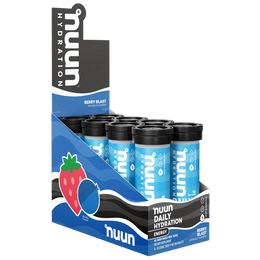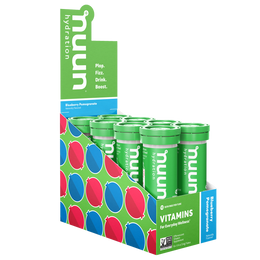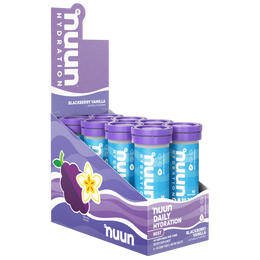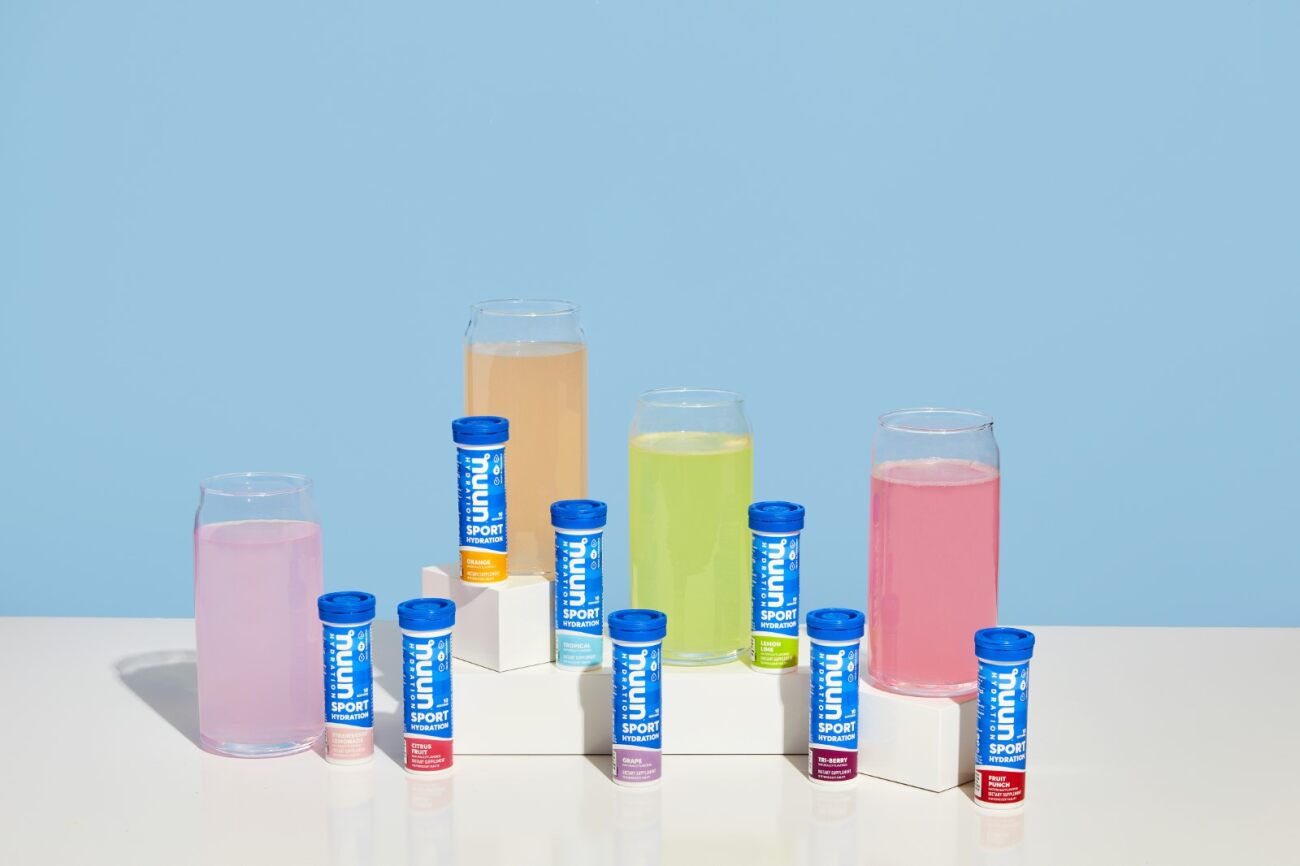A Timeline of Women in the Olympics

Today is National Girls and Women in Sport Day and with Tokyo 2020 on the horizon we wanted to take a look back at some of the most important moments women have had at the Olympics.
1900- This was the first time women were allowed to compete in the Olympic games. That year, 22 of the 997 total athletes were women. The sports they were allowed to participate in were limited but included golf, sailing, tennis, and croquet… Sailor, Hélène de Pourtalès became the first woman to win an Olympic gold medal, and American golfer Margaret Abbott won a gold medal in golf, though she didn’t realize she was competing in the Olympics at the time, and the significance of her victory was unrecognized till after her death.
1912- Aquatic events became open to women in the Olympics for the first time. Most women’s bathing suits at the time were made of wool and became heavy in the water. The British swim team wore suits made of silk to cut down on bulk and drag.

1921- In protest of the restrictive Olympic regulations keeping women from competing in almost all Olympic sports a group of women joined together to establish a separate event for women athletes. At its first meeting, the group voted to establish a Women’s Olympics as an alternative to the male-centric Games. In total four Women’s Games were staged, in 1922 (Paris), 1926 (Gothenburg, Sweden), 1930 (Prague), and 1934 (London), with participants coming mostly from North America, Western Europe, and Japan.
1928- Women’s participation in the Olympics reached 10%. However, after completing the 800-meter run in the summer Amsterdam games a few of the women competitors fell to the ground to regain their strength. Citing this and medical “evidence,” the IOC then ruled that the 800-meter run was too dangerous for women. Women were not allowed to compete in the 800-meter run until the 1960 Olympics in Rome.
1932- Mildred Ella “Babe” Didrikson gained international acclaim for setting four world records and winning two gold medals and one silver in track and field events. She later became known as a professional golfer and has been honored with numerous inclusions on “Best of” lists. Her Olympic victories set the tone for the rest of her successful athletic career.
1936- The controversial Berlin Olympics saw many notable moments, but one often overlooked accomplishment is the gold medal win of 13-year-old Marjorie Gestring. She remains the youngest person to have won a medal in the Olympics.
1956- Australian Betty Cuthbert won three gold medals in track events and set an Olympic record for her time in the 100m sprint. She had a distinctive running style, with high knee lifts and an often wide-open mouth.

1960- Over 20% of the Winter Games athletes were women, this was owed in part to women being allowed to compete in speed skating for the first time in Olympic history.
1964- In Tokyo, gymnast Larisa Latynina became the most decorated Olympian after winning 5 medals, bringing her total medal count to 18. She held the record as having more Olympic medals than anyone (individually or with a team) till 2012. She is credited as helping to establish the Soviet Union as a formidable force in gymnastics. (Fun fact: Larisa also won 5 out of the 6 titles awarded in the 1958 World Championships despite competing while four months pregnant.)
1976- Nadia Camaneci received the first ever perfect score of 10 on the uneven bars. The Romanian gymnast was only 14 at the time when she won the All-Around competition. Her tremendous skill and energy made her an audience favorite and she helped popularize gymnastics around the world, inspiring future Olympians like Mary Lou Retton. [PHOTO]

1984- In the Winter Olympics of 1984, Marja-Liisa Kirvesniemi-Hamalainen became the only women to compete in 6 different Olympics. The skier from Finland earned three gold medals and a bronze medal in her many years of competition.
1988- Christa Rothenburger won a speed skating medal in the Winter Games and won a cycling medal in the Summer Games, making her the first person to win medals in both summer and winter Olympic Games in the same year.
1998- Women’s hockey was introduced as an event and the U.S Hockey team took home the first gold. This addition to the event roster was greatly anticipated, but Canada was the favorite to win based on the other competitions in previous years. Only 6 teams competed in 1998, but in the most recent 2018 Winter Olympics 14 countries competed for the gold. Interestingly, in 2018 Japan only sent a women’s hockey team while other participants sent both women’s and men’s teams.
2016- Women’s participation reached 45% of athletes in the Summer Olympics in Rio.
2018- Youth Olympic Games in Buenos Aires was the first fully gender balanced Olympic event ever.
2020- The upcoming Olympics in Tokyo are making huge strides for equality and representation through the addition of more events for women, and many more co-ed teams in a variety of sports. Nuuness Award winner Haley Daniels and a group of dedicated paddle athletes were instrumental in bringing women’s canoeing to these games.
What are your most notable memories of past Olympics? Are there new events you’re especially invited to see this year? Share in the comments below!








